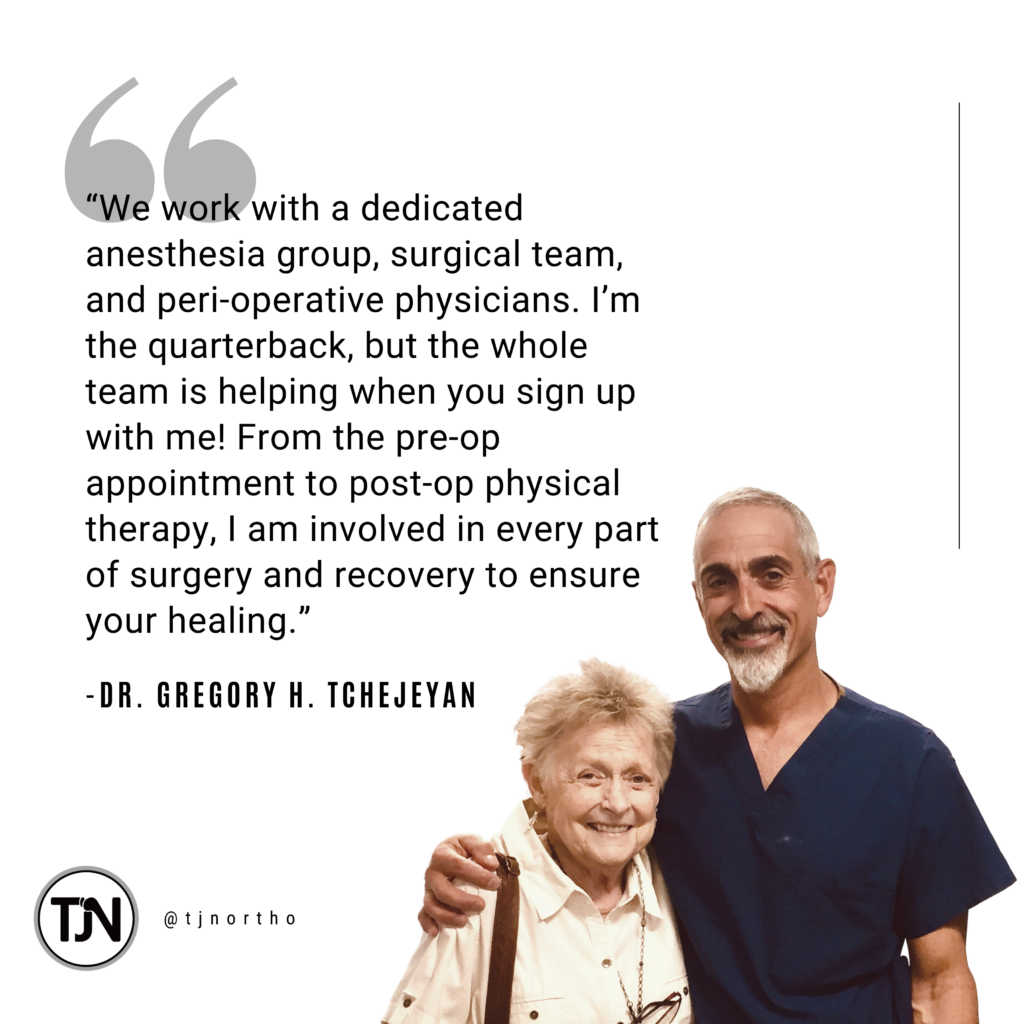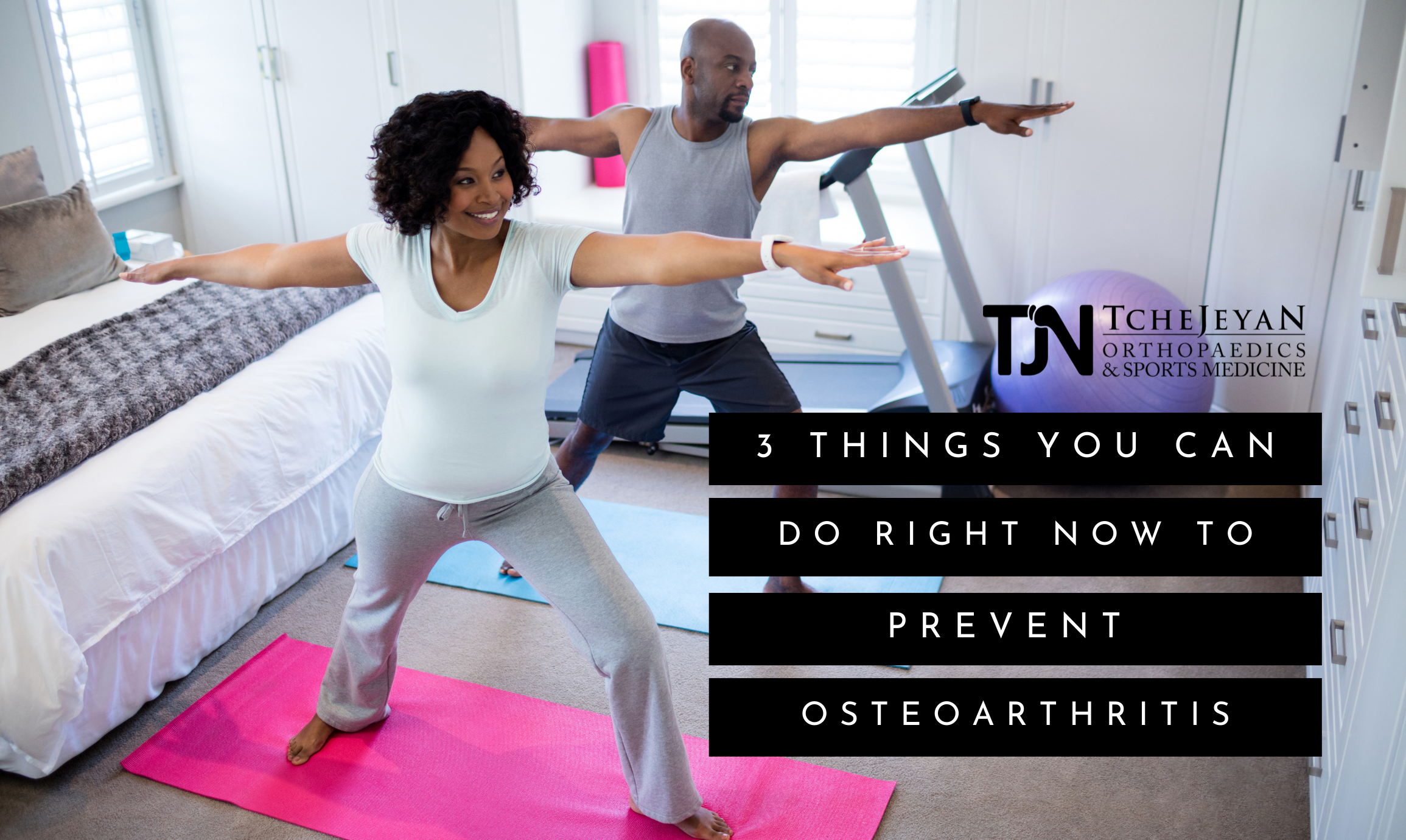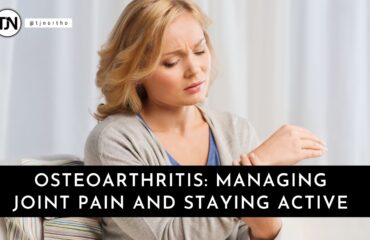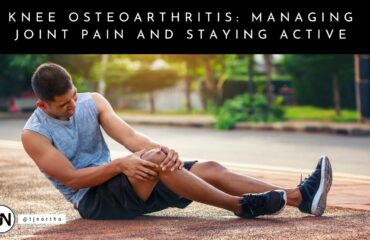Arthritis is a fairly common diagnosis today. The word itself comes from the Greek words “arthro-” meaning joint, and “-itis” meaning inflammation. Arthritis is therefore a condition in which the patient experiences inflammation of a particular joint. There are several types of arthritis diagnoses. Many of them are recognizable autoimmune diseases, such as Lupus Arthritis, or Rheumatoid Arthritis. But the most common type of arthritis is Osteoarthritis, a type of arthritis in which the enamel surface of the bone is worn away.
Osteoarthritis can affect the hips, knees, back, hands, and feet, and occurs more commonly in women than men. It is also highly genetic, meaning that it falls within people’s bloodlines more than others. Another, more natural, cause of osteoarthritis could simply be a person’s anatomical alignment. Although some people are predisposed to osteoarthritis and may need joint replacement surgery, many people can easily outlive their joints by doing these three things.
1. Keep Your Weight Down
A person’s body weight is directly affected by joint forces. The joints give your body and muscles a mechanical advantage, just like a wrench turns a nut. Joints allow you to extend your knee, bend, and do everyday movements like walking up stairs. In fact, seven times a person’s body weight is carried by the knee when going up stairs. Over time, this cumulative weight-bearing is responsible for wear and tear on the joint. Keeping a healthy weight allows everything to function as it should.
2. Exercise
Like a car’s engine, your body needs to keep moving so that every other part can operate smoothly. Exercising for joint health should be varied and comprehensive. While hiking and walking are great ways to stay healthy and active, it shouldn’t be ALL that you do. The body also needs low-impact exercise such as swimming, biking, or training on an elliptical machine as well as resistance or strength training. As we age, we lose muscle strength, reflexes, and balance.
Muscle strength training helps our joints in so many ways. Stronger muscles:
- Help our joints be more prepared to absorb shock
- Stabilize our skeletal system
- Provide protection against falling
Dr. Gregory H. Tchejeyan often advises people to do a variety of muscle strengthening exercises to strengthen and stabilize the core. That way, the other joints don’t have to bear the heavy burden (pun intended!) of keeping you aligned. Squats, leg presses, and elastic band exercises work the glutes and the core – two important areas that provide relief for the knees and ankles.
3. Listen To Your Body
The majority of people tend to work through minor aches and pains, but if you’re starting to notice increased pain, stiffness, or swelling, it may be time to have your joints professionally examined. Increased joint stiffness after exercise, or the feeling of a “tight knee” usually implies that there is swelling or inflammation in the joint. Fluid in that joint as a result of activity is your measuring stick – once you start noticing too much stiffness and swelling, it’s likely time to move to lower impact exercises and see a board certified orthopedist. Too much inflammation can cause accelerated degeneration of a joint.

Staying active is a good thing! While it may come with various physical challenges, gradual strengthening will ensure a longer and healthier life for you and your joints. Many professional athletes go through their careers without any injuries at all, while others are consistently injured. A weak core is usually to blame. Weakness and misalignment predisposes you to joint injury. Maintaining a healthy weight, continuing low-impact exercises, and listening to your body will keep your joints ready and able to serve your body as they were intended.
Would you like to learn more about joint pain management? Schedule a consultation with Dr. Tchejeyan at our office today. We are located on the first floor of the clinic at:
250 Lombard Street
Thousand Oaks, CA 91360



